What Is Forex SEO
Forex SEO is the process of optimizing a forex-related website to rank higher in search engine results, attract targeted traffic, and convert visitors into traders or investors. Since the forex industry is highly competitive, achieving strong search engine visibility requires a strategic approach that includes on-page optimization, link building, and technical enhancements.
Search engines like Google evaluate forex websites based on their relevance, authority, and user experience. Without proper SEO, even the best forex trading platforms and brokerage services struggle to reach potential clients. Implementing a solid forex SEO strategy ensures that your website ranks for valuable search terms, driving consistent organic traffic.
Forex SEO goes beyond just adding keywords—it involves technical SEO improvements, authoritative backlinks, and high-quality content tailored to traders and investors. A well-optimized site establishes credibility and trust, which are crucial in the financial sector.
Why Forex SEO Is Essential for Brokers and Traders
For forex brokers and traders, SEO is a crucial component of digital marketing. Unlike paid advertising, which requires continuous investment, organic search traffic generated through forex SEO provides sustainable long-term growth.
Brokers rely on SEO to attract new clients searching for reliable trading platforms, while individual traders use SEO-driven content to discover strategies, market analysis, and educational resources. Since most forex traders begin their journey by searching online, a strong SEO strategy ensures that brokers and forex service providers appear at the top of search results.
In addition to generating traffic, forex SEO helps build credibility. Users tend to trust organic search results more than paid ads, making a high-ranking website more likely to attract serious investors. By targeting the right keywords, optimizing for mobile users, and improving site speed, brokers can significantly enhance their online visibility.
Another essential benefit of forex SEO is cost-effectiveness. While paid campaigns can drive traffic quickly, they are expensive and only last as long as the budget allows. In contrast, organic search traffic from SEO efforts continues to deliver results without ongoing advertising costs.
How Forex Trading SEO Works
Forex trading SEO involves a combination of keyword research, technical optimization, and content marketing strategies. The goal is to make a forex-related website more visible to search engines and more appealing to users.
First, keyword research identifies the terms traders and investors frequently search for, such as “forex trading strategies,” “best forex brokers,” and “forex market analysis.” These keywords are then strategically placed in website content, headings, and metadata to improve rankings.
Technical SEO ensures that a forex website is fast, mobile-friendly, and secure. Search engines favor well-optimized sites with clean code, proper indexing, and an efficient internal linking structure. Without these elements, even the best content may struggle to rank.
Link building is another fundamental aspect of forex SEO. By acquiring high-quality backlinks from authoritative financial websites, forex businesses can boost their credibility and improve search engine rankings. Google views backlinks as a sign of trust, making them essential for long-term success.
Content marketing plays a vital role in forex SEO by providing valuable information to traders. Blogs, market analysis, and educational guides attract visitors while keeping them engaged. High-quality content also increases the likelihood of earning backlinks, further strengthening SEO efforts.
By combining these elements, forex SEO helps brokers and trading platforms rank higher, attract more leads, and establish themselves as industry authorities.
Crucial Elements of Effective SEO for Forex
On-Page SEO for Forex Websites
On-page SEO is the foundation of any successful forex SEO strategy. It involves optimizing website content, HTML elements, and site structure to improve search engine rankings.
The first step in on-page SEO for forex websites is keyword optimization. Important search terms like “forex SEO,” “forex trading SEO,” and “SEO for forex brokers” should be strategically placed in titles, meta descriptions, headers, and throughout the content. However, keyword stuffing must be avoided to maintain readability and compliance with Google’s guidelines.
Website structure also plays a critical role in on-page SEO. A well-organized site with a logical URL hierarchy and clear navigation improves user experience and makes it easier for search engines to index pages. Internal linking between relevant pages helps distribute authority and guides users to important content, such as trading guides, broker reviews, and market analysis.
Another essential aspect of on-page SEO is content quality. Search engines prioritize valuable, well-researched content that addresses user intent. Forex websites should regularly publish educational articles, technical analysis, and trading insights to attract and retain visitors.
| SEO Element | Description | Impact on Ranking |
| Title & Meta Description | Optimized titles and descriptions with targeted keywords | Improves CTR and visibility |
| Internal Linking | Logical site structure with proper interlinking | Helps search engines index pages faster |
| Content Optimization | High-quality, keyword-rich, informative content | Increases engagement and reduces bounce rates |
| Mobile Optimization | Ensuring fast-loading and responsive design | Improves user experience and rankings |
Technical SEO for Forex Trading Platforms
Technical SEO ensures that a forex website meets search engine requirements for speed, security, and usability. Since the forex industry is data-driven and often features real-time market updates, technical optimization is crucial for performance.
Website speed is a top priority. Slow-loading pages lead to high bounce rates, negatively impacting rankings. Using a content delivery network (CDN), compressing images, and implementing efficient caching mechanisms can significantly improve site speed.
Another critical factor is mobile-friendliness. With a growing number of traders accessing forex platforms via smartphones, responsive design is essential. Google prioritizes mobile-optimized websites in its rankings, making it necessary to ensure seamless navigation across all devices.
Security is also a major concern in the forex industry. An SSL certificate (HTTPS) is mandatory for protecting sensitive user data and maintaining credibility. Additionally, preventing duplicate content issues, fixing broken links, and implementing structured data markup can further enhance technical SEO.
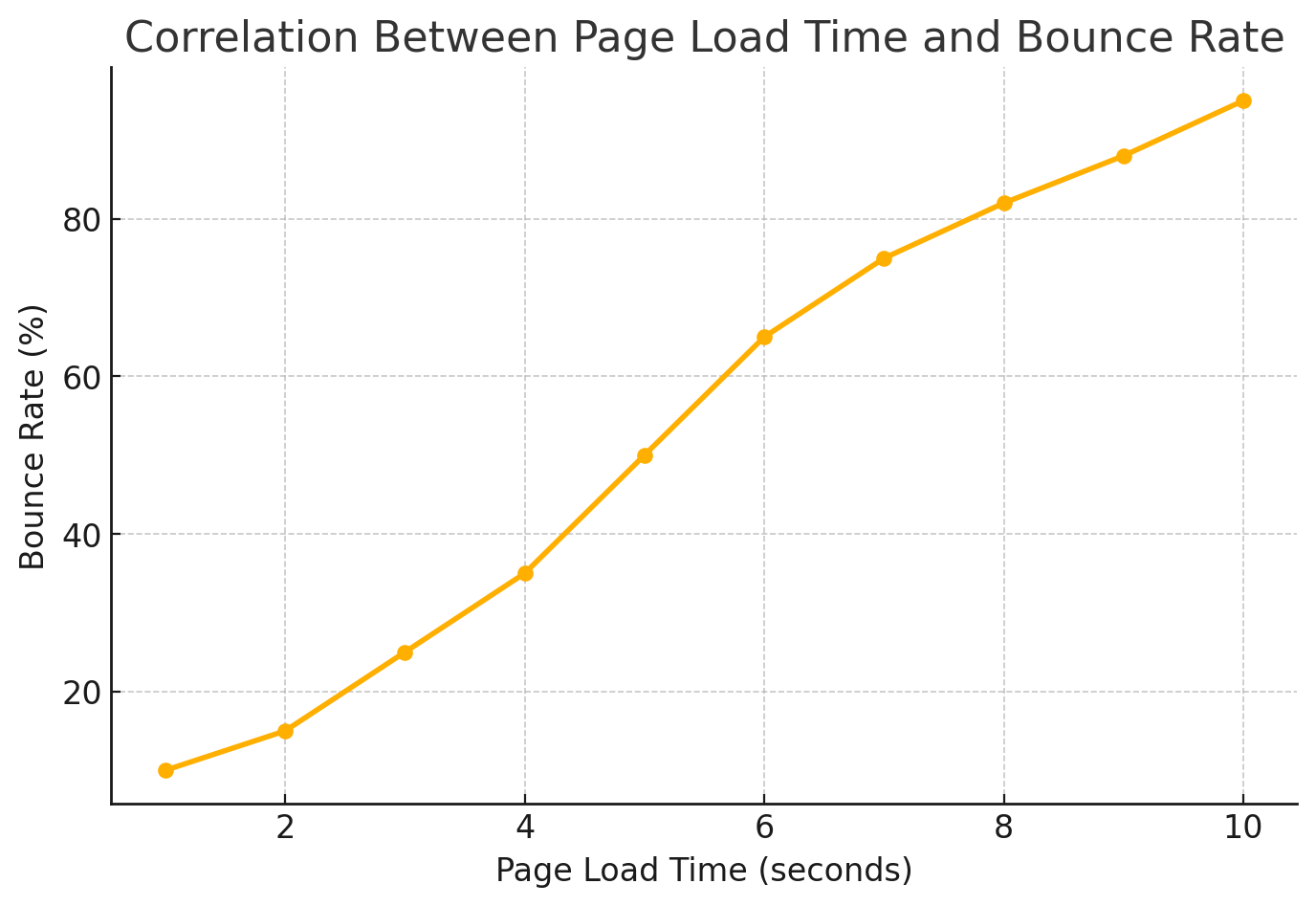
Off-Page SEO and Link Building for Forex Sites
Off-page SEO focuses on building a website’s authority and reputation through external sources. The most effective strategy in this area is link building, which involves acquiring backlinks from high-authority forex and financial websites.
Quality over quantity is crucial when it comes to backlinks. Links from respected financial blogs, news sites, and trading forums carry more weight than low-quality links from irrelevant sources. Guest posting, influencer collaborations, and PR campaigns can help forex websites earn valuable backlinks.
Social signals also play a role in off-page SEO. While social media links don’t directly impact rankings, engagement on platforms like Twitter, LinkedIn, and Telegram can drive traffic and establish brand authority. A strong social presence encourages discussions and shares, increasing content visibility.
Another aspect of off-page SEO is reputation management. Forex brokers and trading platforms must maintain a positive online presence by managing reviews, responding to feedback, and ensuring their brand is associated with trustworthiness.
| Type of Backlink | Source | SEO Value |
| Editorial Backlinks | Earned from high-authority websites | ⭐⭐⭐⭐⭐ |
| Guest Post Backlinks | Acquired through content contributions | ⭐⭐⭐⭐ |
| Forum & Social Links | Shared on discussion boards & social media | ⭐⭐ |
| Paid or Spammy Links | Low-quality, purchased backlinks | ⭐ |
Local SEO Strategies for Forex Brokers
Local SEO is essential for forex brokers operating in specific regions. It ensures that a broker’s services appear in location-based searches, attracting traders in targeted markets.
The first step in local SEO is optimizing a Google My Business (GMB) profile. A complete and verified GMB listing with accurate contact information, business hours, and client reviews helps forex brokers appear in local search results and Google Maps.
Localized content also strengthens local SEO efforts. Brokers should create region-specific landing pages and publish content relevant to their target markets, such as regulatory updates and local trading trends.
Citations and directory listings further enhance local SEO. Being listed on reputable financial directories, forex broker review sites, and local business directories increases visibility and trust.
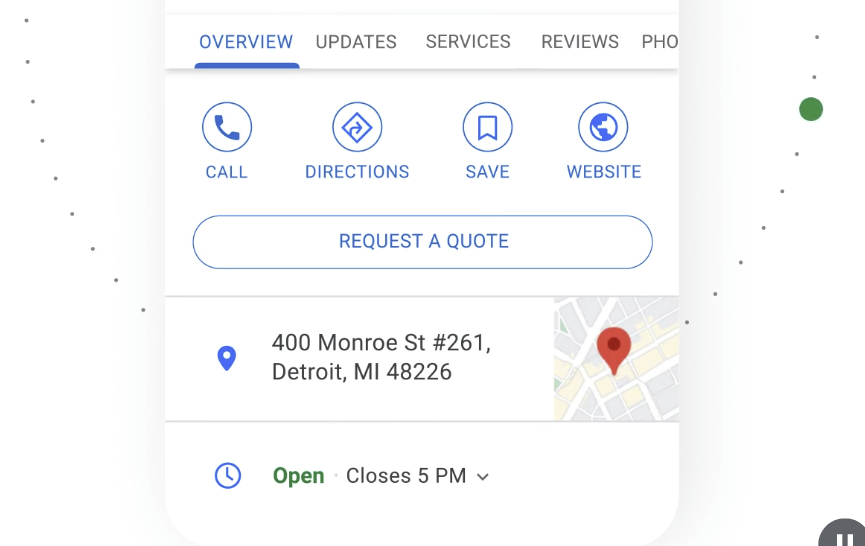
Mobile Optimization for Forex Websites
With an increasing number of traders accessing forex platforms via mobile devices, mobile optimization is critical. Google follows a mobile-first indexing approach, meaning websites that are not mobile-friendly may struggle to rank well.
A responsive design ensures that content, charts, and trading tools display correctly on all screen sizes. Buttons, menus, and forms should be easy to navigate on smaller screens.
Page speed is especially important for mobile users, as slow-loading sites cause frustration and lead to high bounce rates. Implementing accelerated mobile pages (AMP) and optimizing images can significantly improve performance.
Additionally, mobile UX (user experience) should be a top priority. Features such as one-click navigation, simplified forms, and easy access to trading accounts contribute to a positive user experience, increasing engagement and retention.
Content Marketing for Forex SEO
Content marketing is one of the most powerful tools for improving forex SEO. Search engines favor websites that consistently publish fresh, informative, and engaging content.
Educational content is particularly effective in the forex industry. Articles, guides, and tutorials on trading strategies, market analysis, and risk management attract traders searching for valuable insights.
Market analysis reports also play a vital role in content marketing. Daily or weekly forex market updates can position a website as a go-to source for trading insights, boosting traffic and engagement.
Incorporating video content further enhances forex SEO efforts. Tutorials, webinars, and expert interviews improve engagement and can rank in video search results.
By combining keyword optimization with high-quality content, forex websites can establish authority, attract organic traffic, and retain users, making content marketing an indispensable part of forex SEO.
SEO for Forex Brokers: Best Practices
Choosing the Right Forex SEO Company
Selecting a reliable forex SEO company is crucial for brokers looking to improve their digital presence and attract traders. Since the forex market is highly competitive and regulated, partnering with an SEO provider that understands industry-specific challenges is essential.
A reputable forex SEO company should have a proven track record in financial services SEO. Experience in optimizing broker websites, trading platforms, and forex-related content ensures they understand search engine algorithms and compliance requirements. Case studies and client testimonials can help evaluate their effectiveness.
Transparency is another critical factor. The best forex SEO companies provide clear strategies, regular progress reports, and realistic expectations. Avoid agencies that promise “instant rankings” or use black-hat SEO tactics, as these can lead to penalties and long-term damage.
Customization is crucial when choosing a forex SEO company. Every broker has different goals, whether it’s acquiring retail traders, institutional clients, or affiliates. A tailored SEO strategy that aligns with business objectives and target markets delivers better results than a one-size-fits-all approach.
How a Forex SEO Agency Can Boost Your Traffic
A specialized forex SEO agency offers expertise in optimizing broker websites for search engines, increasing organic traffic, and improving conversion rates. Unlike generic digital marketing firms, forex SEO agencies focus exclusively on forex trading, ensuring their strategies align with market trends and regulations.
Keyword research is one of the primary ways an SEO agency boosts traffic. They identify high-value search terms such as “forex trading SEO,” “best forex brokers,” and “forex SEO marketing,” optimizing content to attract traders actively searching for services.
On-page optimization improves site structure, content relevance, and technical performance. Agencies enhance page speed, mobile responsiveness, and metadata to ensure forex websites rank higher in search results.
Off-page SEO plays a crucial role in traffic growth. A forex SEO agency builds high-quality backlinks from authoritative financial websites, increasing domain authority and credibility. This process strengthens a broker’s reputation and improves search visibility.
Content marketing is another traffic-driving strategy. Agencies create engaging blogs, educational articles, and market analysis reports to attract and retain visitors. Informative content positions brokers as industry leaders, driving long-term traffic and engagement.
Forex SEO Services: What to Expect
When working with a forex SEO agency, brokers should expect a comprehensive set of SEO services tailored to their business goals. These services typically include:
- Keyword Research & Strategy – Identifying and targeting relevant forex-related keywords to attract high-intent traders.
- On-Page SEO – Optimizing website structure, metadata, and content to improve rankings.
- Technical SEO – Enhancing site speed, security (SSL), mobile optimization, and structured data implementation.
- Link Building – Acquiring backlinks from authoritative financial websites to improve domain authority.
- Content Marketing – Creating blogs, market insights, and educational resources to engage traders.
- Local SEO – Optimizing broker listings for location-based searches to attract regional traders.
- SEO Audits & Analytics – Regular performance assessments to refine strategies and maximize ROI.
A well-structured SEO service package should be data-driven, focusing on measurable KPIs such as traffic growth, ranking improvements, and conversion rates. Brokers should expect monthly progress reports and strategy adjustments based on performance metrics.
The Role of Forex SEO Marketing in Client Acquisition
Forex SEO marketing is a long-term strategy that plays a significant role in acquiring new clients. Unlike paid advertising, which delivers short-term traffic, SEO-driven marketing establishes a steady flow of organic leads over time.
One of the primary benefits of forex SEO marketing is credibility. Traders trust organic search results more than paid ads, making high-ranking websites more likely to convert visitors into clients. Appearing on the first page of search results enhances brand authority and recognition.
Targeting the right keywords ensures that brokers attract relevant audiences. Optimized content that addresses trader needs—such as market analysis, trading guides, and broker comparisons—helps convert visitors into active traders.
SEO marketing also supports lead generation through conversion rate optimization (CRO). Enhancing landing pages, improving call-to-action buttons, and optimizing sign-up forms increase the likelihood of visitor conversions.
By combining on-page SEO, high-quality content, and strategic link building, forex SEO marketing creates a sustainable client acquisition system, driving consistent growth for brokers.
Advanced Forex SEO Strategies
AI and Automation in Forex SEO
Artificial intelligence (AI) and automation are transforming forex SEO, enabling brokers and trading platforms to streamline processes, improve accuracy, and maximize efficiency. AI-driven SEO tools analyze search patterns, identify ranking opportunities, and optimize content based on real-time data.
One of the most significant applications of AI in forex SEO is keyword research. Traditional keyword research methods can be time-consuming, but AI-powered tools like SEMrush, Ahrefs, and Google’s RankBrain use machine learning to predict search intent and recommend high-performing keywords such as “forex SEO services” and “SEO for forex brokers.”
Content creation is also evolving with AI. Advanced tools generate topic ideas, optimize headlines, and analyze competitors to ensure forex content is highly relevant. AI-powered chatbots assist with customer inquiries, improving engagement and site retention rates—both critical factors for SEO success.
Automation enhances link-building strategies by identifying authoritative sites for guest posts and partnerships. AI tools can track backlink profiles, assess link quality, and suggest opportunities for improvement. This proactive approach strengthens domain authority and search rankings.
AI-driven analytics further refine forex SEO strategies by providing deep insights into user behavior, traffic sources, and engagement metrics. Brokers leveraging AI-powered SEO gain a competitive edge by adapting quickly to market trends and algorithm changes.
| Method | Time Taken (Hours per Month) | Accuracy & Efficiency |
| Manual Research | 10+ hours | ⭐⭐⭐ (Limited insights) |
| AI-Powered Tools | 2-3 hours | ⭐⭐⭐⭐⭐ (Highly accurate) |
Using Data Analytics for SEO Optimization
Data analytics is a game-changer in forex SEO, allowing brokers and trading platforms to make informed decisions based on real-time performance metrics. Instead of relying on guesswork, data-driven SEO optimization focuses on measurable results and continuous improvement.
Traffic analysis is a crucial component of forex SEO. Tools like Google Analytics, Search Console, and third-party SEO platforms track organic traffic, bounce rates, and keyword rankings. Understanding which pages attract the most visitors helps refine content strategy and improve underperforming areas.
User behavior tracking plays a vital role in conversion optimization. Heatmaps, session recordings, and engagement reports reveal how traders interact with a website. If visitors frequently abandon pages before completing a sign-up, it signals the need for UX improvements or better call-to-action (CTA) placement.
Competitor analysis provides insights into what’s working in the forex SEO landscape. By monitoring competitor rankings, backlink profiles, and content strategies, brokers can adjust their approach to stay ahead. Tools like Ahrefs and Moz enable forex businesses to benchmark performance and identify SEO gaps.
Predictive analytics helps brokers anticipate market shifts and adjust SEO strategies accordingly. Machine learning algorithms analyze historical data to forecast search trends, enabling proactive content planning and campaign adjustments.
By leveraging data analytics, forex brokers can enhance their SEO strategies, improve user experience, and increase organic traffic, ultimately leading to higher conversion rates and sustained growth.
Conversion Rate Optimization for Forex Websites
Ranking high in search results is only part of the equation—conversion rate optimization (CRO) ensures that forex website visitors take desired actions, such as signing up for a trading account or subscribing to market insights.
One of the most effective CRO strategies is optimizing landing pages. A well-designed landing page with a compelling headline, clear value proposition, and strong CTA increases the likelihood of conversions. Using action-oriented language such as “Start Trading Today” or “Claim Your Bonus” encourages users to engage.
Website speed directly impacts conversion rates. Slow-loading pages cause frustration and lead to higher bounce rates. Compressing images, minimizing code, and leveraging caching solutions improve page speed, ensuring a smooth user experience.
Mobile optimization plays a crucial role in conversions. Since a significant portion of forex traders access trading platforms via mobile devices, ensuring a seamless mobile experience enhances engagement. Responsive design, easy navigation, and simplified forms contribute to higher sign-up rates.
Trust signals are essential for forex websites. Displaying regulatory certifications, client testimonials, and security badges reassures potential traders that the broker is reputable. Social proof, such as case studies and success stories, further builds confidence.
A/B testing allows forex brokers to experiment with different page elements to determine what drives the most conversions. Testing variations of headlines, CTAs, and layouts helps optimize site performance for better results.
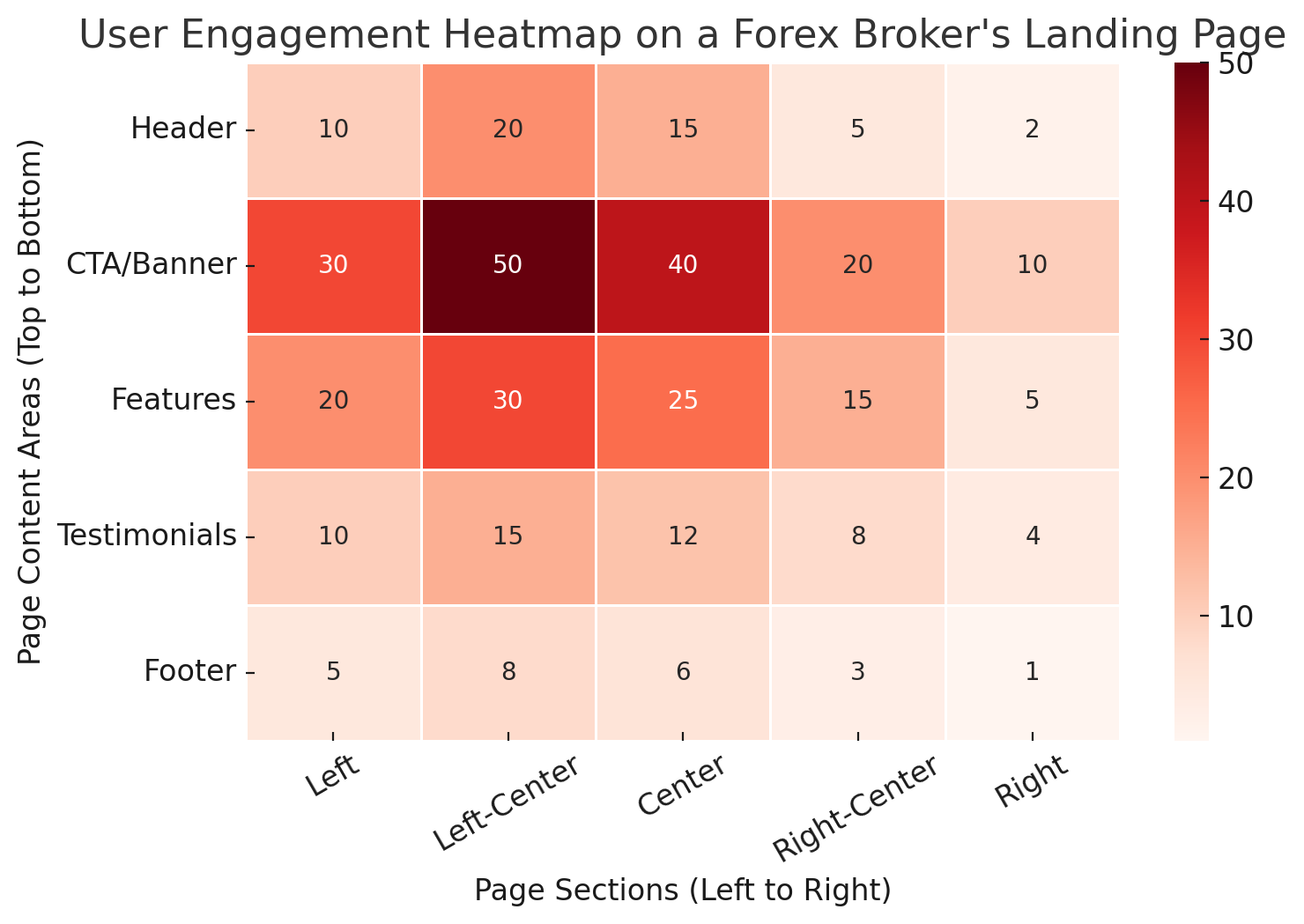
By integrating CRO with forex SEO strategies, brokers and trading platforms can maximize the impact of their organic traffic, turning visitors into active traders and long-term clients.
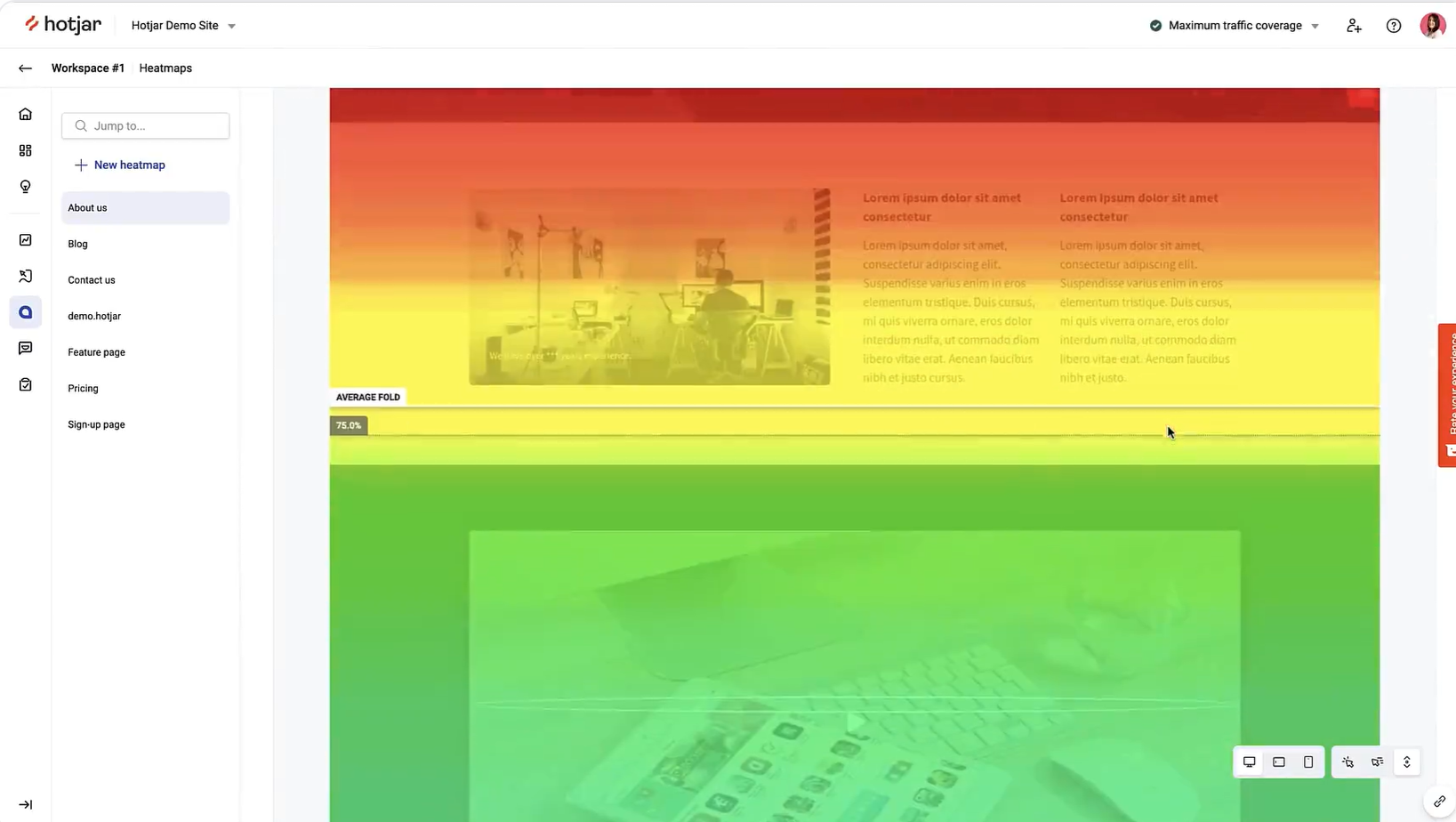
Common Forex SEO Mistakes and How to Avoid Them
Even experienced forex brokers and trading platforms can make SEO mistakes that negatively impact rankings and traffic. Understanding these errors and implementing corrective measures is crucial for long-term success.
One of the most common mistakes is keyword stuffing. While using “forex SEO,” “SEO for forex brokers,” and related keywords is essential, overloading content with repetitive terms makes it unreadable and can trigger search engine penalties. Instead, keywords should be integrated naturally within high-quality content.
Another frequent issue is neglecting technical SEO. Slow-loading pages, broken links, and poor mobile optimization hurt user experience and rankings. Brokers must prioritize website speed optimization, mobile responsiveness, and structured data implementation to ensure their sites meet search engine standards.
Low-quality content is a major SEO pitfall. Many forex websites rely on generic, outdated articles that fail to provide value. Google rewards in-depth, well-researched content that addresses user intent. Regularly updating educational guides, market analysis, and trading insights improves SEO performance and user engagement.
Ignoring link-building strategies weakens domain authority. Acquiring backlinks from reputable financial sites strengthens credibility and improves rankings. However, some brokers resort to spammy backlinking tactics, which can lead to penalties. Focusing on quality over quantity is the best approach.
Another overlooked mistake is failing to track SEO performance. Without monitoring key metrics, brokers cannot measure success or adjust strategies. Utilizing analytics tools ensures data-driven decision-making.
By avoiding these forex SEO mistakes and implementing best practices, brokers can improve search visibility, attract more traders, and sustain long-term growth.
Measuring Forex SEO Success: KPIs and Tools
Tracking SEO performance is essential for understanding what works and what needs improvement. Forex brokers must monitor specific KPIs (Key Performance Indicators) to evaluate the effectiveness of their SEO strategy.
One of the primary KPIs is organic traffic. Analyzing the number of visitors coming from search engines helps gauge overall SEO performance. Google Analytics provides insights into traffic sources, user behavior, and bounce rates.
Keyword rankings determine how well a forex website ranks for targeted search terms. Using tools like SEMrush or Ahrefs allows brokers to track position changes for keywords like “forex SEO agency” and “forex trading SEO.” Consistently ranking on the first page indicates strong SEO efforts.
Click-through rate (CTR) is another crucial metric. A low CTR suggests that title tags and meta descriptions may need optimization. Engaging headlines and compelling descriptions encourage more users to click on search results.
Conversion rate is crucial for measuring SEO effectiveness. It tracks how many visitors take desired actions, such as signing up for a trading account or requesting a consultation. A well-optimized website with clear CTAs improves conversion rates.
Bounce rate reveals how quickly users leave a site. High bounce rates indicate poor content relevance or slow loading speeds. Enhancing content quality and optimizing page speed can reduce bounce rates and improve engagement.
By leveraging SEO tools like Google Search Console, Moz, and Screaming Frog, forex brokers can continuously monitor performance and refine their strategies for better results.
Case Study: How a Forex Broker Increased Organic Traffic by 250% Using SEO
To illustrate the real impact of Forex SEO, let’s look at a case study of a mid-sized forex brokerage that successfully improved its search rankings, organic traffic, and conversion rates through a structured SEO strategy.
Background
A forex brokerage firm was struggling with low organic traffic and poor search rankings despite offering competitive spreads and a solid trading platform. Their website was not appearing on the first page for high-value keywords like “best forex brokers”, “forex trading platforms”, and “forex SEO services”.
Challenges Faced
- Low Keyword Rankings – Forex Broker was ranking beyond page 3 for its target keywords.
- Slow Website Speed – Their website had a 4.8-second load time, leading to a high bounce rate (68%).
- Weak Backlink Profile – The broker had very few high-quality backlinks, making it hard to compete with bigger players.
- Low Mobile Optimization – Over 60% of their traffic came from mobile, but the site was not responsive.
SEO Strategy Implemented
✅ Keyword Optimization & Content Strategy
- Conducted keyword research and targeted high-volume, low-competition forex-related terms.
- Created high-quality blog content (market analysis, forex strategies, and broker comparisons).
- Optimized meta descriptions, H1/H2 headers, and image alt texts.
✅ Technical SEO Fixes
- Improved page speed from 4.8s to 1.5s by implementing image compression, lazy loading, and CDN integration.
- Upgraded to a mobile-responsive design to enhance the user experience.
- Fixed broken links and duplicate content issues.
✅ Link Building Strategy
- Acquired 50+ high-authority backlinks from forex-related news sites and financial blogs.
- Created guest posts and partnered with influencers in the forex trading industry.
✅ Local SEO & Google My Business Optimization
- Claimed and optimized Google My Business (GMB) listing.
- Added customer reviews and location-specific landing pages.
Results After 6 Months
| Metric | Before SEO | After 6 Months | % Improvement |
| Organic Traffic | 24,000/month | 84,000/month | +250% |
| Keyword Rankings | Page 3-5 | Page 1 (Top 5) | Significant boost |
| Bounce Rate | 68% | 42% | -26% |
| Page Load Time | 4.8s | 1.5s | +68% Faster |
| Backlinks Acquired | ~20 Low-Quality | 50+ High-Quality | +150% |
Essential Takeaways from This Case Study
- Content-driven SEO works – Informative, well-optimized blog posts improved rankings significantly.
- Technical SEO plays a crucial role – Fixing speed, mobile usability, and broken links led to lower bounce rates.
- Backlinks matter – A strong off-page SEO strategy built authority and increased trust.
- Local SEO shouldn’t be ignored – Optimizing Google My Business helped attract traders in key regions.
Through a well-executed Forex SEO strategy, Forex Broker transformed its digital presence, increased organic traffic by 250%, and secured high-converting leads without relying heavily on paid ads. This case study proves that a strategic SEO approach can drive long-term, cost-effective success in the forex industry.
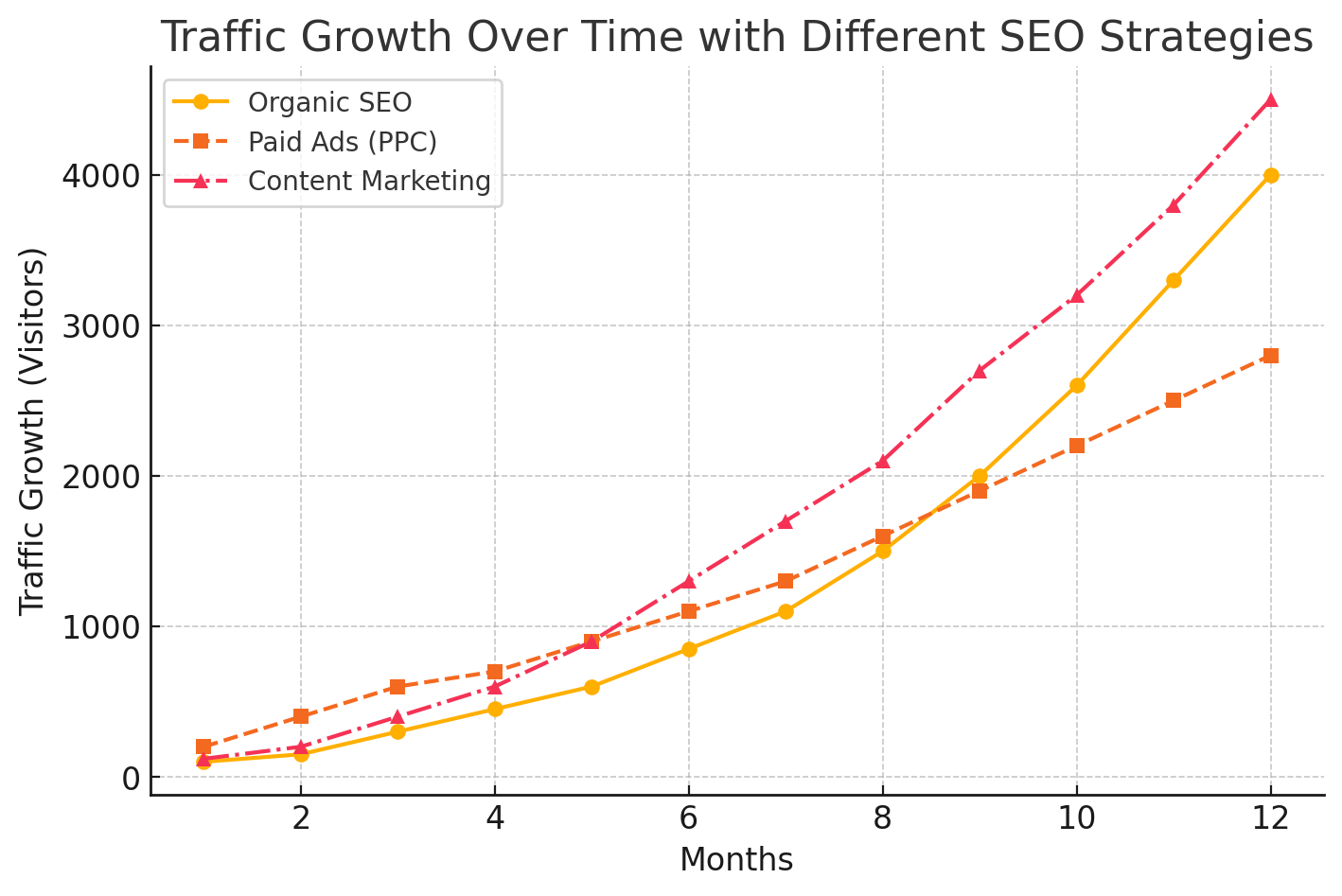
Conclusion: Growing Your Forex Business with SEO
Forex SEO is a powerful tool for brokers and trading platforms looking to dominate search engine rankings, attract organic traffic, and acquire long-term clients. Unlike paid advertising, SEO delivers sustainable growth by establishing authority, credibility, and trust.
By focusing on on-page SEO, technical optimization, link building, and content marketing, forex businesses can enhance visibility and drive high-quality traffic. Advanced strategies such as AI-driven SEO, data analytics, and conversion rate optimization further improve results.
Avoiding common mistakes, tracking SEO performance through KPIs, and adapting strategies based on analytics ensure continuous success. The forex industry is highly competitive, but with a well-executed SEO strategy, brokers can achieve long-term profitability and market dominance.
Investing in forex SEO today means securing a stronger online presence, increasing trader engagement, and building a trusted brand in the financial market.

 Amazon Marketing
Amazon Marketing


